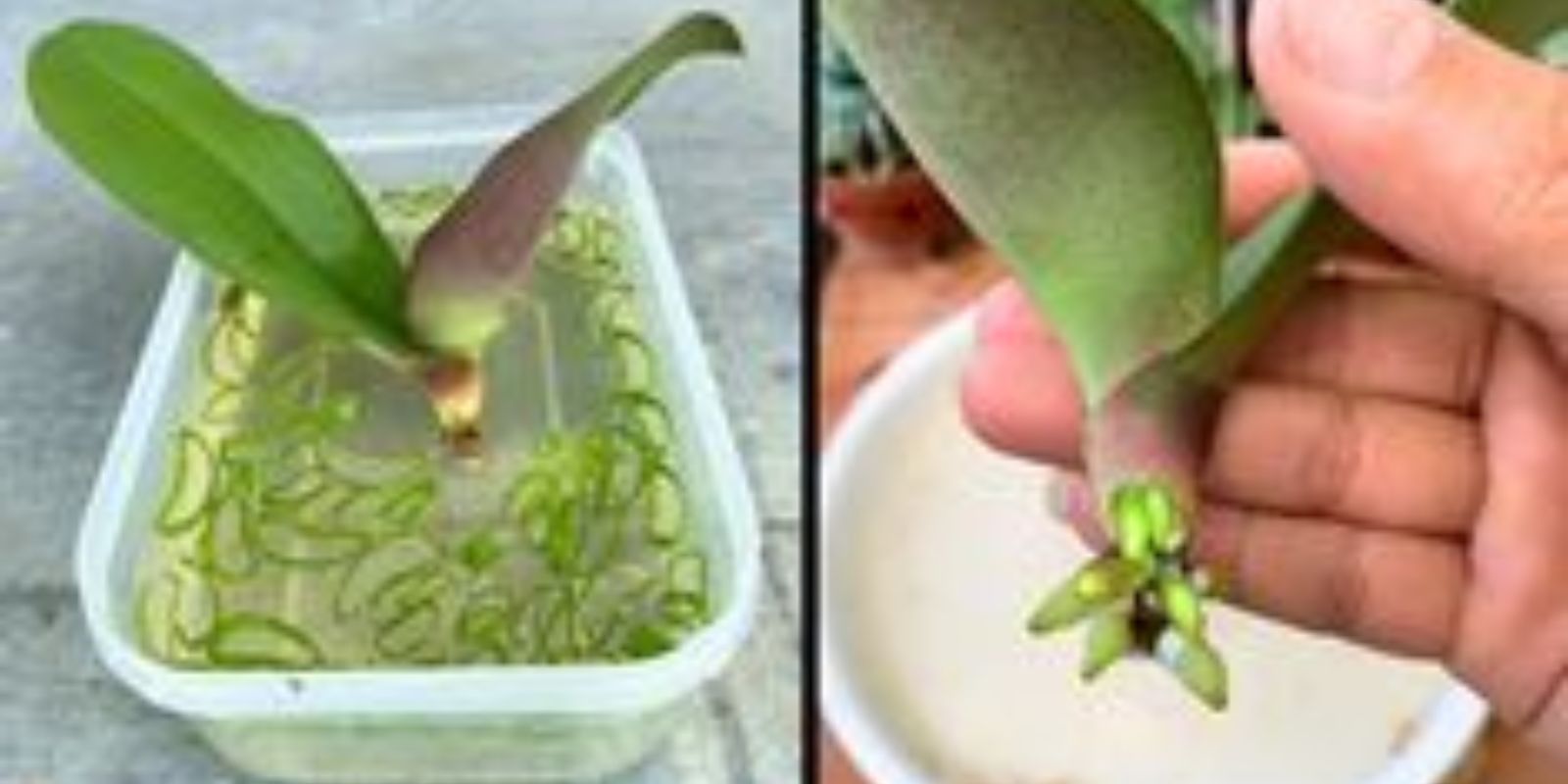Orchids, with their stunning blooms and graceful allure, captivate the hearts of many plant enthusiasts. While often perceived as delicate and challenging to care for, orchids can thrive with the right attention to their specific needs. Central to their health and beauty are healthy roots and abundant flowers. In this comprehensive guide, we will explore the essential aspects of orchid care that promote robust root systems and prolific flowering. Whether you’re new to orchid care or seeking to enhance your knowledge, these insights will help you cultivate thriving orchids that reward you with breathtaking blooms.
Understanding Orchids: Beauty in Diversity
Orchids belong to one of the largest families of flowering plants, boasting over 25,000 species and countless hybrids. Their diverse forms range from terrestrial to epiphytic, meaning they can grow on other plants or surfaces without being parasitic. This adaptability influences their care requirements significantly, making it crucial to understand their natural habitats to provide optimal conditions at home.
The Importance of Healthy Roots
Healthy roots are the foundation of orchid health and flowering success. Orchids’ roots have unique adaptations that allow them to absorb moisture and nutrients efficiently:
- Aerial Roots: Many orchids have aerial roots that absorb moisture and nutrients from the air. These roots should not be buried in soil but left exposed or lightly covered with a suitable growing medium.
- Water Storage: Some orchids, like Phalaenopsis, have thick, fleshy roots that store water. Proper hydration is essential for these types to prevent dehydration and maintain turgidity.
Steps to Promote Healthy Roots
1. Potting Medium and Container Selection
Choosing the right potting medium and container is crucial for orchid root health:
- Orchid-Specific Mix: Use a well-draining orchid mix that allows for ample airflow around the roots. Common mixes include bark, sphagnum moss, perlite, and charcoal.
- Container Size: Select a pot that accommodates the orchid’s root system with room to grow. Orchids generally prefer snug pots to encourage root development.
2. Proper Watering Techniques
Watering orchids correctly is key to preventing root rot and dehydration:
- Water Quality: Use lukewarm water or rainwater to avoid shocking the roots with cold temperatures.
- Watering Frequency: Water orchids thoroughly when the potting medium is nearly dry. Avoid letting them sit in water, as this can lead to root suffocation.
- Humidity Considerations: Orchids benefit from higher humidity levels, especially those with aerial roots. Use a humidity tray or room humidifier to maintain adequate moisture around the plants.
3. Light Requirements
Proper lighting is essential for orchids to photosynthesize and bloom:
- Indirect Light: Place orchids in a location with bright, indirect light. Direct sunlight can scorch leaves, while too little light can inhibit flowering.
- Light Duration: Most orchids require 12-14 hours of light daily. Supplemental grow lights can be used to ensure consistent light levels, especially in darker months.
4. Fertilization Practices
Fertilizing orchids provides essential nutrients for healthy growth and flowering:
- Fertilizer Type: Use a balanced orchid fertilizer (such as 20-20-20) diluted to half strength. Apply fertilizer once a month during the growing season (spring and summer).
- Frequency: Reduce fertilization in fall and winter when orchids enter a period of dormancy or slower growth.
5. Temperature and Air Circulation
Orchids thrive within specific temperature ranges and benefit from good air circulation:
- Temperature Range: Most orchids prefer daytime temperatures between 65-75°F (18-24°C) and slightly cooler nighttime temperatures.
- Air Movement: Ensure adequate air circulation around orchids to prevent fungal and bacterial issues. Gentle air movement also helps dry out the potting medium between waterings.
Encouraging Abundant Flowering
Orchids are prized for their spectacular flowers, which vary widely in color, shape, and size. To encourage prolific blooming:
- Pruning: Remove spent flowers and yellowing leaves promptly to redirect energy into new growth and flowering.
- Temperature Drops: Mimic natural conditions by exposing orchids to a slight temperature drop (10-15°F/5-8°C) at night, which can stimulate flower bud formation.
- Patience and Consistency: Orchids may take time to acclimate and bloom, especially after repotting or environmental changes. Consistent care and patience are key to long-term flowering success.
Troubleshooting Common Issues
1. Yellowing Leaves
- Overwatering: Adjust watering frequency to allow the potting medium to dry out more between waterings.
- Nutrient Deficiency: Check for signs of nutrient deficiency and adjust fertilization accordingly.
2. Root Rot
- Poor Drainage: Ensure the potting medium is well-draining and the orchid isn’t sitting in water.
- Watering Practices: Improve watering techniques to prevent the roots from staying overly wet.
3. Lack of Flowering
- Lighting: Assess the orchid’s light exposure and adjust as needed to provide sufficient indirect light.
- Temperature: Ensure the orchid experiences a slight drop in nighttime temperatures, which can trigger flowering.
Conclusion
Cultivating healthy roots and abundant flowers in orchids requires a blend of understanding their unique needs, attentive care practices, and patience. By providing proper light, watering, humidity, fertilization, and environmental conditions, you can create an ideal habitat for your orchids to thrive. Remember, each orchid species or hybrid may have specific preferences, so observing and adapting to their responses is key to long-term success. With these guidelines, you’ll be well-equipped to enjoy the mesmerizing beauty of blooming orchids in your home or garden. Happy orchid growing!

